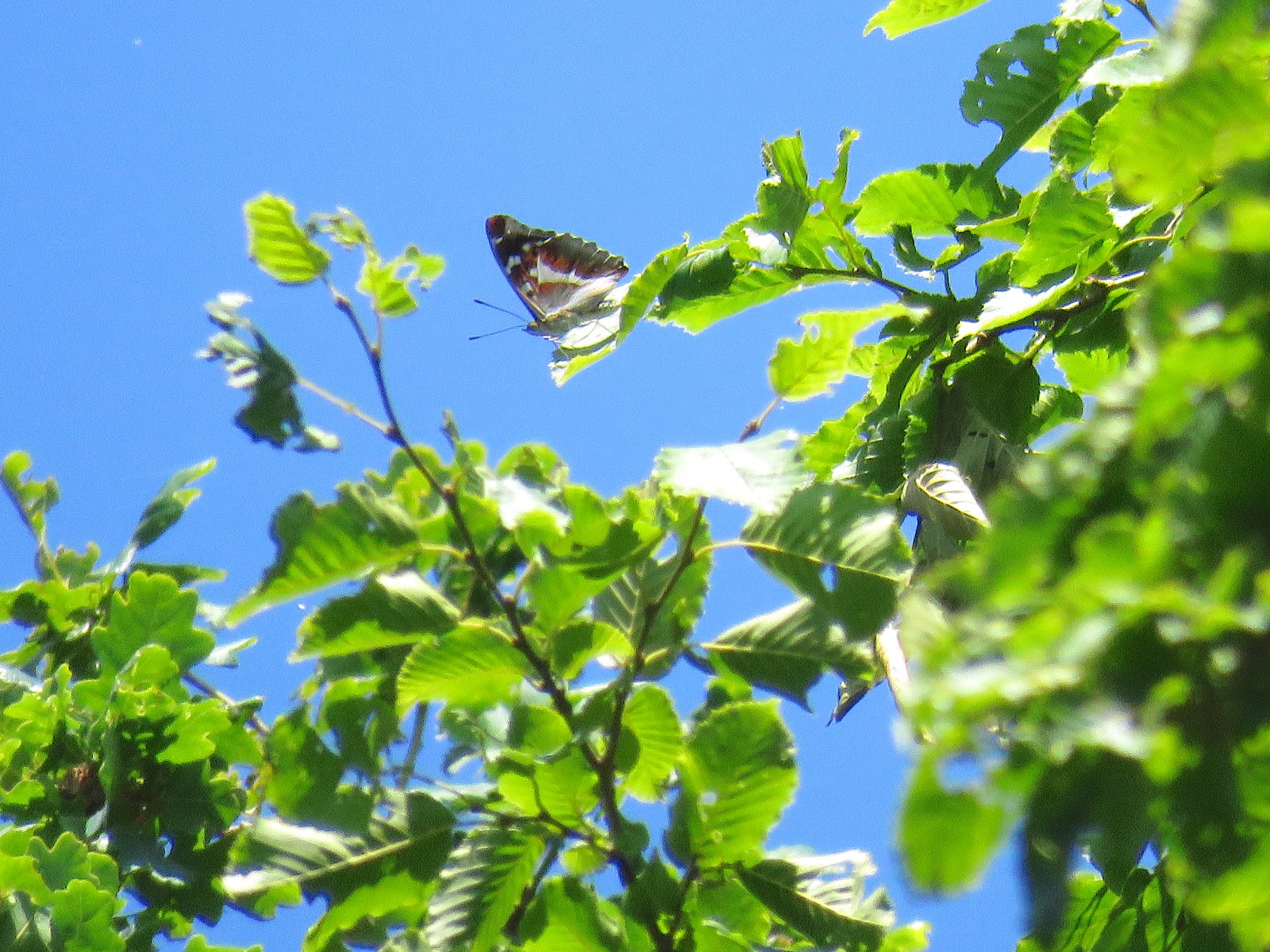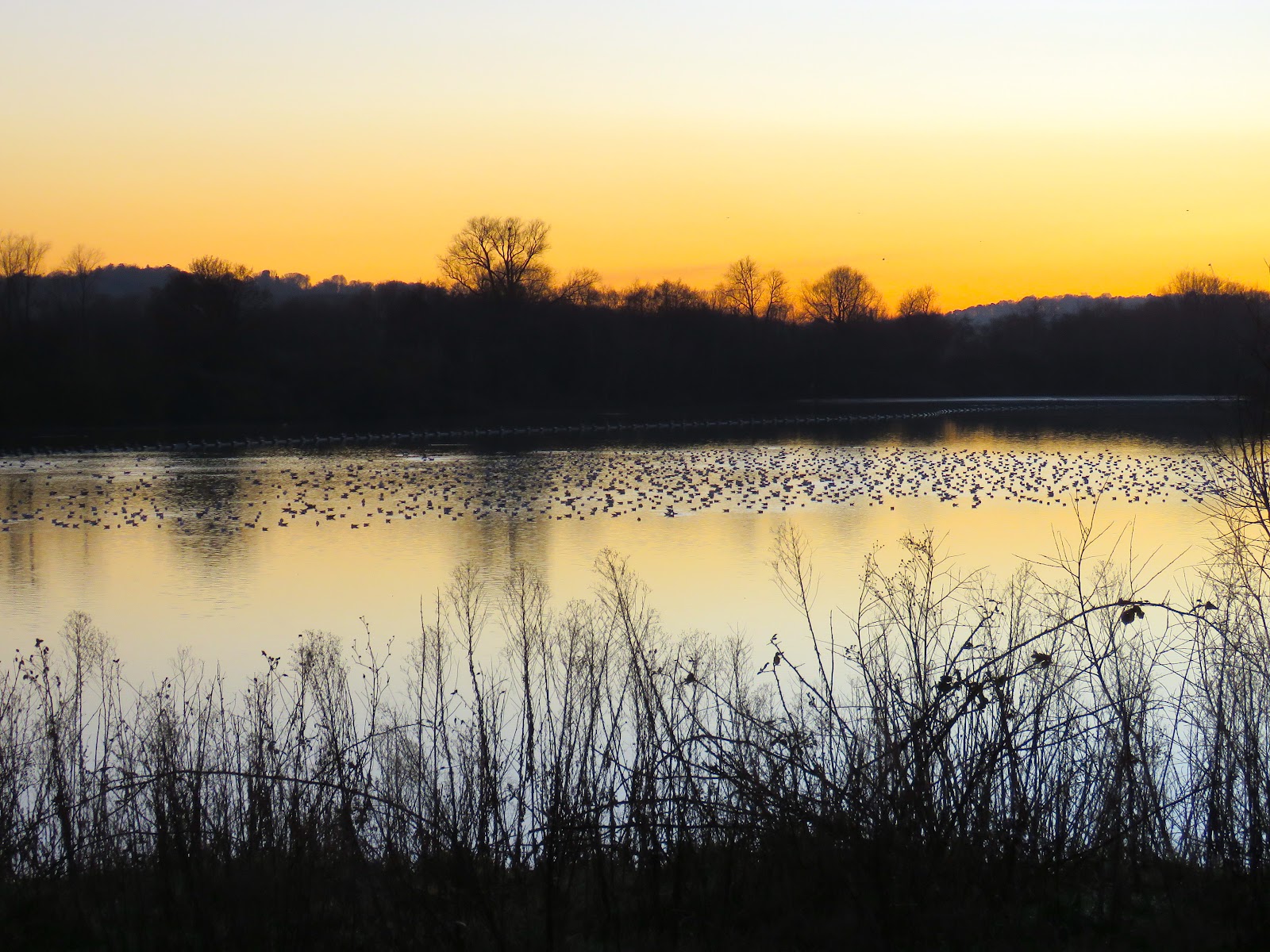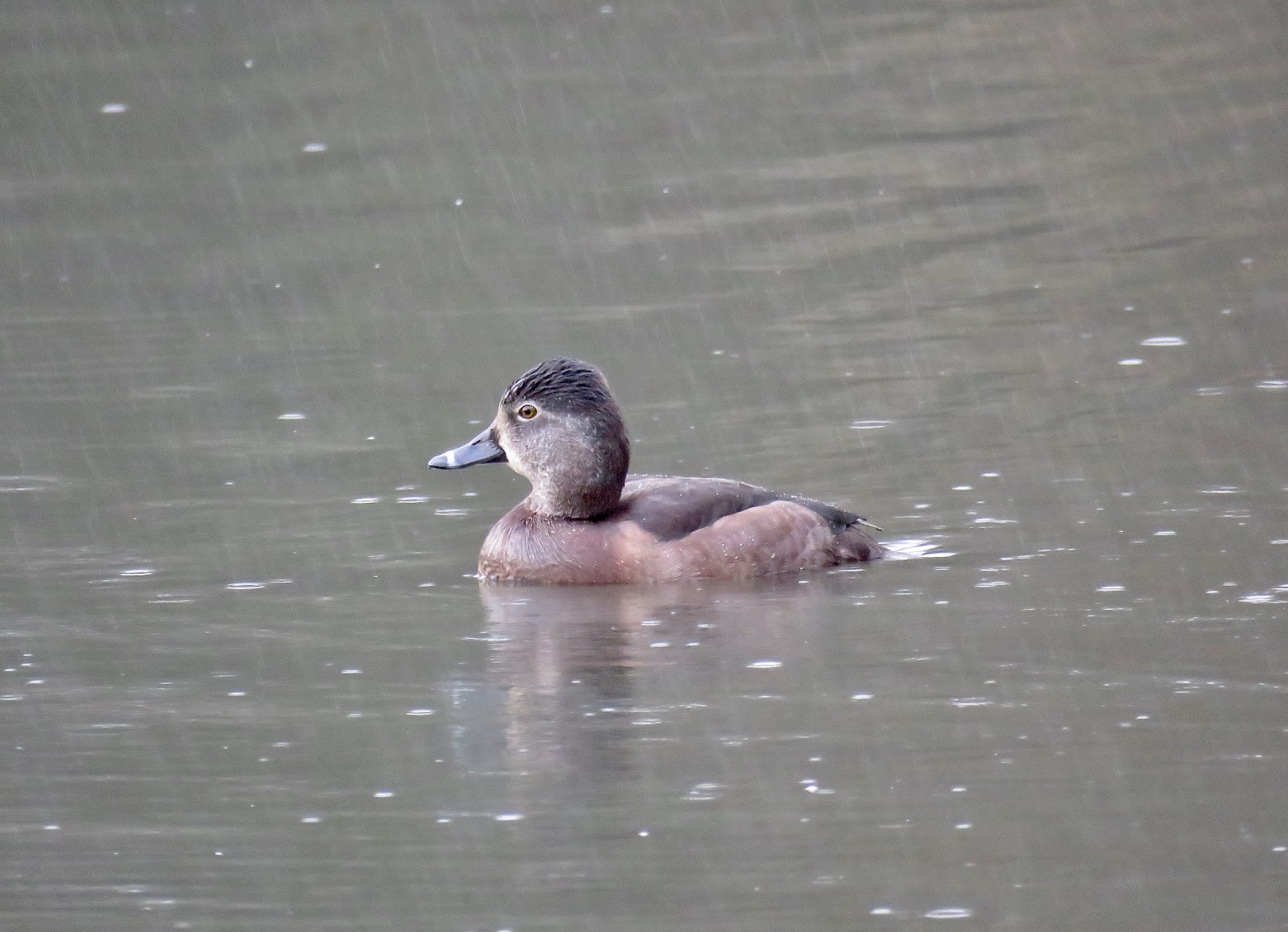"Kwowww"
On Tuesday evening, at 20.05hrs, I was taking out the rubbish, when I heard a call from south-west of the house. I froze, knowing what it was at once, but scarcely believing it. I had listened to this call on Xeno-Canto many times, getting ready for such a moment but not really considering it something that I would hear over the back garden. After 15 seconds the call came again from the blackness, now directly over head. Yes, there was no mistaking it! Another 20 seconds it called a third time - now further away to the north-east... "Kwowww" A lazy drawl, part bark, part yelp. A Bittern. Nocturnal flight-call. I went back inside and played the call on Xeno Canto just to make sure that I had remembered everything correctly. I had. Bloody hell, a Bittern over suburban Banstead! And only a week after an Arctic Skua had blessed me just a mile or so away. Sometimes the birding Gods do smile on you. To some birders these two species are just small fry, mere starters to the main cou
















